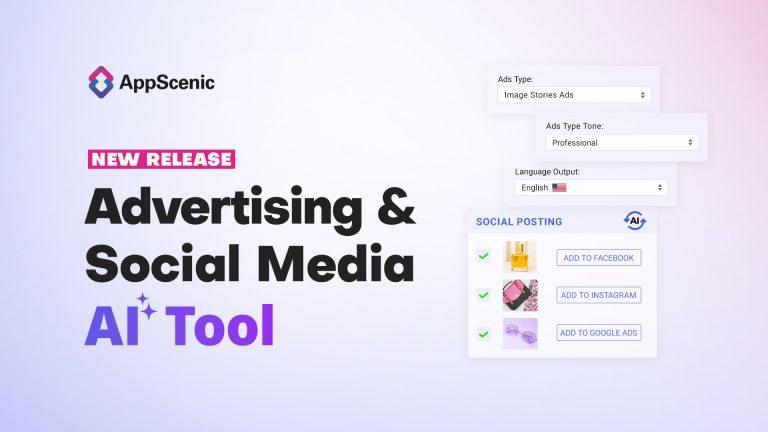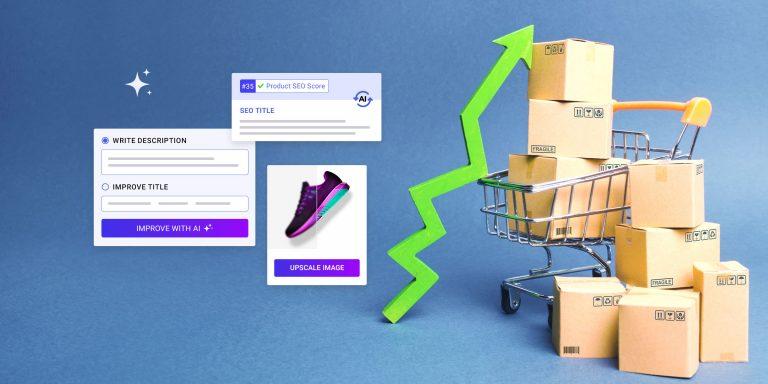In the world of ecommerce and retail, the concept of drop shipment has gained significant attention as a business model that offers convenience and flexibility. But what exactly is drop shipment? This article aims to demystify the term, providing you with a comprehensive understanding of how drop shipment works, its benefits, challenges, and its role in modern retail.
Table of Contents
Understanding the Basics of Drop Shipment
Drop shipment, often referred to as dropshipping, is a retail fulfilment method where a store doesn’t keep the products it sells in stock. Instead, when a store sells a product, it purchases the item from a third party and has it shipped directly to the customer. This means the retailer doesn’t have to handle the product directly or deal with the intricacies of inventory management and shipping logistics.
How Does Drop Shipment Work?
- Product Selection: In a drop shipment arrangement, the retailer curates a selection of products from various suppliers without physically possessing them.
- Setting Prices: The retailer sets the prices for the products, usually marking them up to make a profit.
- Customer Orders: When a customer places an order on the retailer’s website, the retailer forwards the order details to the supplier.
- Supplier Fulfillment: The supplier then processes and fulfils the order. They pick, pack, and ship the product directly to the customer, often with the retailer’s branding.
- Shipping and Tracking: The supplier provides the retailer with tracking information so that they can update the customer about the order’s status.
Benefits of Drop Shipment
1. Low Startup Costs
Embracing drop shipment can be especially advantageous for newcomers to the business scene. Unlike traditional retail models, drop shipment eliminates the need for retailers to invest heavily in a significant amount of inventory upfront. This not only reduces financial risks but also lowers the barrier to entry for new businesses, allowing them to launch with more agility.
2. Reduced Risk
In the world of retail, overstocking and unsold items can spell financial disaster. Drop shipment offers a safety net against such risks. Retailers no longer need to worry about maintaining a physical inventory, as they only purchase products when a customer places an order. This approach minimizes the chances of overstocking and reduces the burden of holding excess inventory that might not find buyers.
3. Flexibility
One of the standout advantages of drop shipment is the flexibility it offers retailers in terms of product variety. Retailers can curate and offer a wide range of products without the burden of storage constraints. This flexibility enables them to adapt to changing market trends and customer preferences swiftly, without the limitations of physical shelf space.
4. Location Independence
Physical warehousing and managing inventory can tie retailers to specific geographic locations. With drop shipment, this constraint is dissolved. Since products are shipped directly from suppliers to customers, retailers can transcend the need for a physical warehouse. This location independence allows businesses to operate more flexibly and expand their market reach without geographical boundaries.
5. Focus on Marketing and Sales
Traditional retail models often require a substantial amount of time and effort invested in inventory management and logistics. With drop shipment, retailers can redirect their energy towards what truly matters – marketing and sales. By removing the burden of inventory-related tasks, retailers can concentrate on crafting compelling marketing strategies, building customer relationships, and enhancing the overall shopping experience.
Challenges of Drop Shipment
1. Limited Control Over Inventory
While drop shipment offers an array of benefits, it’s not without its challenges. Retailers heavily rely on suppliers for inventory availability and quality control. Issues such as stockouts or subpar products can have a direct impact on customer satisfaction and the retailer’s reputation.
2. Thinner Profit Margins
While the low startup costs and reduced inventory risks are attractive, drop shipment does come with a trade-off – thinner profit margins. The competitive pricing that often comes with drop shipment can result in lower profit margins compared to models where products are purchased at wholesale prices.
3. Shipping Complexities
Coordinating with multiple suppliers introduces a level of complexity to the shipping process. Shipping times can vary significantly from one supplier to another, leading to challenges in managing customer expectations. Additionally, customer service might become intricate when dealing with multiple suppliers, each with their own shipping policies and practices.
The Modern Drop Shipment Landscape
The landscape of drop shipment has evolved remarkably in recent years, thanks to technological advancements and the growing dominance of online marketplaces. Ecommerce platforms and marketplaces offer plugins, integrations, and tools that streamline drop shipment management, making it easier for retailers to manage their operations.
Conclusion
In a retail landscape that’s increasingly reliant on digital platforms, drop shipment has emerged as a game-changing business model. It has redefined how retailers operate, allowing them to focus on core aspects of their business while leaving the intricacies of inventory and logistics to capable suppliers. However, it’s crucial for retailers to strike a balance between the benefits and challenges of drop shipment, ensuring that they deliver a seamless shopping experience to their customers.
FAQs
- Is drop shipment the same as retail arbitrage? Retail arbitrage involves buying products at a lower price and reselling them at a higher price. Drop shipment doesn’t require retailers to purchase and store inventory upfront.
- Can any type of product be dropshipped? While many products can be dropshipped, it’s important to assess the feasibility based on factors like shipping costs, supplier reliability, and customer demand.
- Do customers know that products are dropshipped? Most retailers are transparent about their drop shipment model. Customers appreciate transparency, and it doesn’t usually impact their purchasing decisions.
- Is drop shipment suitable for large-scale businesses? Drop shipment can work for businesses of various sizes. However, larger businesses may face challenges in coordinating with multiple suppliers effectively.
- How can I find reliable drop shipment suppliers? Research and due diligence are crucial. Look for suppliers with a strong track record, positive reviews, and clear communication channels.
- What’s the difference between drop shipment and wholesale? In drop shipment, products are shipped directly from the supplier to the customer. In wholesale, retailers purchase products in bulk from suppliers and manage their inventory.















